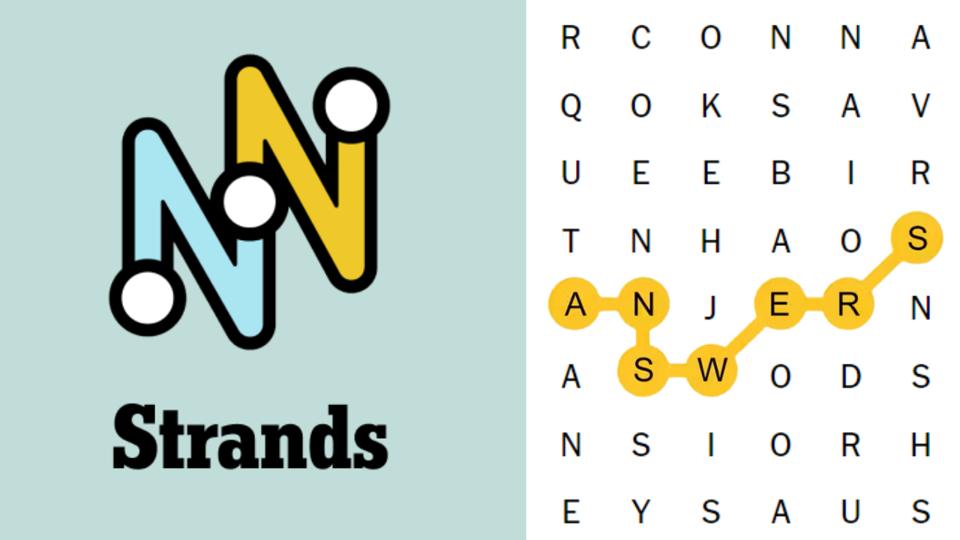Oracle Cloud Infrastructure’s new partnership with xAI fits its unique, enterprise data-oriented … More
Oracle Cloud Infrastructure and xAI recently entered into a partnership through which OCI will host xAI’s Grok models for use by its enterprise customers. This partnership makes the Grok models (most notably Grok 3) available for training and inference to a data-centric customer base that can leverage Nvidia or AMD accelerators for training and inference.
This partnership adds another foundation model to OCI, which already hosts models from Cohere, Meta, Mistral and Almawave (in addition to customer-supplied custom LLMs). From xAI’s perspective, Grok 3 and Grok 3 mini are hosted on Microsoft Azure in addition to OCI. The Microsoft announcement predated OCI’s partnership by about a month, when CEO Satya Nadella discussed it at the company’s Build conference in May.
OCI has taken a different approach to enabling AI than other cloud providers. Each cloud service provider has its unique approach to AI and how to enable it for customers. As AI continues to grow in importance for enterprises, it’s worth it to dig into these differences, and to explore how Oracle’s strategy for OCI has been paying off.
(Note: Oracle is an advisory client of my firm, Moor Insights & Strategy.)
Not All AI Is Created Equal
Each CSP’s unique approach to enabling AI is influenced by its roots and culture. AWS leans on its infrastructure and perhaps the broadest catalog for AI, along with its own custom silicon. This makes sense for the cloud pioneer, as its meteoric growth was born out of infrastructure-as-a-service and its own custom silicon (e.g., Graviton, Trainium). As part of its broad set of tools, AWS offers its own foundation model (Titan), platforms and tools to build a more bespoke experience.
Conversely, Microsoft Azure’s AI enablement seems to focus on productivity and developer tools for the enterprise with an OpenAI-first approach. This makes sense, given the company’s strong roots in the enterprise datacenter and its investments in, and partnership with, OpenAI.
Google Cloud has taken yet a different tack with AI, focusing on what it refers to as the democratization of AI. While some hear this term and think of it as marketing-speak, it does carry significance because the company is genuinely attempting to expand the use and utility of AI from a select few data scientists to everyone. As an early player in AI (the company designed its own AI accelerator in 2016), Google Cloud has its own set of mature home-grown tools and has invested heavily in its own technology stack.
Finally, OCI is unique in its own right. Oracle’s roots are in enterprise data, which must be secured, performant and usable by business consumers. This experience lends itself well to powering enterprise AI. With an almost maniacal focus on the enterprise and enterprise data, the company forgoes designing and creating its own models and silicon to focus on how to best stand up models and silicon from partners — and how to connect models, tools and silicon with the data that resides in the enterprise across databases (Oracle and others), ERP, HRM, CRM, SCM and the like.
Think of OCI as being as model- and tool-agnostic as it can be, focusing on the deepest levels of integration, removing this burden from customers. In other words, Oracle lets ecosystem partners focus on providing the tools while it makes the experience as frictionless, performant and secure as possible. This is why Nvidia and AMD are equally represented from an accelerator perspective, along with the most popular foundation models for enterprise customers.
It is important to understand this context before discussing the OCI partnership with xAI and the meteoric growth of OCI in general. The way each CSP focuses on its strengths as it executes its AI strategy does not make one CSP better or stronger than the next. It simply makes each one unique in its own way.
OCI And xAI Deliver Grok 3
As mentioned, OCI seems extremely focused on the needs of the enterprise customer that relies on data to drive the business. This is why customers such as Santander, Lloyd’s Banking, Mazda Motors and King’s College Hospital (London) have moved their mission-critical workloads to the platform.
The company seems similarly focused on activating AI across the enterprise, and its inclusion of Grok as a foundation model validates this approach. To some degree, the inclusion of Grok can be seen as a forward-thinking, strategic bet.
Grok is relatively new in the foundation LLM game. Its original release in late 2023 was aimed at consumers and focused on countering assistants like ChatGPT. The model found a big following with its Grok 2 release. Iterative improvements in reasoning and contextual awareness contributed to a model that has significantly improved reliability. Finally, Grok 3 (released in mid-2024) represented the first enterprise-grade model for xAI; it showed tremendous improvements in performance and its knowledge base.
In early 2025, xAI announced its enterprise API, which was then made generally available in April. This API delivers programmatic access to Grok 3 and Grok 3 mini, with the aim of enabling enterprise customers to integrate AI into applications and workflows seamlessly. With a context window of over 131,000 tokens, Grok is good for complex inferencing that requires lots of data. Given this, xAI has targeted use cases in finance, healthcare, legal and academia (research and science) with Grok 3, in addition to traditional enterprise use cases. Its data governance and zero data retention for endpoints make it ideal for regulated industries.
Understanding Grok’s background makes the OCI partnership seem natural. With a mutual customer base focused on data-driven outcomes and in many cases working in heavily regulated industries, the partnership seems like a no-brainer. What makes it interesting is Grok’s relative newness to the enterprise.
I believe this partnership is mutually beneficial. xAI will get exposure to the largest data-driven companies in the world, likely helping the company gain market share and improve its models and tools significantly. On the other hand, OCI will be able to continue to differentiate its capabilities and offer perhaps the hottest new foundation model.
The Proof Is In The Numbers
For those wondering if OCI’s strategy is working, I would point to the company’s latest earnings. In the fourth quarter of its fiscal 2025, which ended in May, OCI saw its consumption grow 62% year-over-year. Further, the company is projecting that its fiscal 2026 will see a more than 70% increase in revenue, versus 50% for the full fiscal 2025. To add credence to this, the company announced remaining performance obligations of $138 billion in its latest earnings call. In fact, demand has outstripped supply so much that the company has had to push out fulfillment of some of its customer demand (which leads to the strong RPO number).
While OCI’s revenue is relatively small compared to the likes of AWS and Azure, its growth cannot be denied. I believe this can be traced to three factors. The first is the company’s enterprise footprint. Oracle has been the enterprise data management platform of choice for decades. Oracle Database, MySQL and its Autonomous Data Warehouse deliver end-to-end data management for the largest of the large customers and even for cloud-native startups.
Second, OCI has designed its datacenters from the ground up for cloud. Unlike its competitors, Oracle was able to take a clean-sheet approach in its datacenter designs, and the performance and cost advantages bear that out. This translates into a cloud-native footprint perfectly replicated across every region and every datacenter. It is even replicated for its @customer offerings.
Third, OCI has approached offering services differently. Oracle knows where it is strong and focuses on delivering in line with those strengths. It leaves the rest to partners. Along these same lines, it is focused on delivering value to its customers however the customer wants. For example, Oracle Database is now a native cloud service in all of OCI’s largest competitors — AWS, Azure and Google Cloud — as I have discussed previously. Yes, OCI is running in its competitors’ datacenters, delivering database integration natively with each CSP’s fabric and services.
Because of this approach, I can understand the bullish outlook shared by CEO Safra Catz and chairman Larry Ellison.
Where Does The OCI–xAI Partnership Go From Here?
I expect significant movement from Oracle and xAI as Grok 3 and Grok 3 mini start the evaluation process with enterprise customers. Further, I expect OCI and xAI to move quickly on support for Grok 4, which will hit the market in July 2025.
In the bigger picture, I do not expect OCI to sit still. In case it hasn’t been made clear enough, Oracle has taken a really interesting approach to the cloud market, one in which traditional enterprise customers join in with “born-in-the-cloud” companies like Uber and Capgemini (cloud-native practice) to enable data to drive the business.
I am sure we’ll have more to see on this front in the upcoming quarters.
Moor Insights & Strategy provides or has provided paid services to technology companies, like all tech industry research and analyst firms. These services include research, analysis, advising, consulting, benchmarking, acquisition matchmaking and video and speaking sponsorships. Of the companies mentioned in this article, Moor Insights & Strategy currently has (or has had) a paid business relationship with AMD, AWS, Google, Meta, Microsoft, Nvidia and Oracle.









